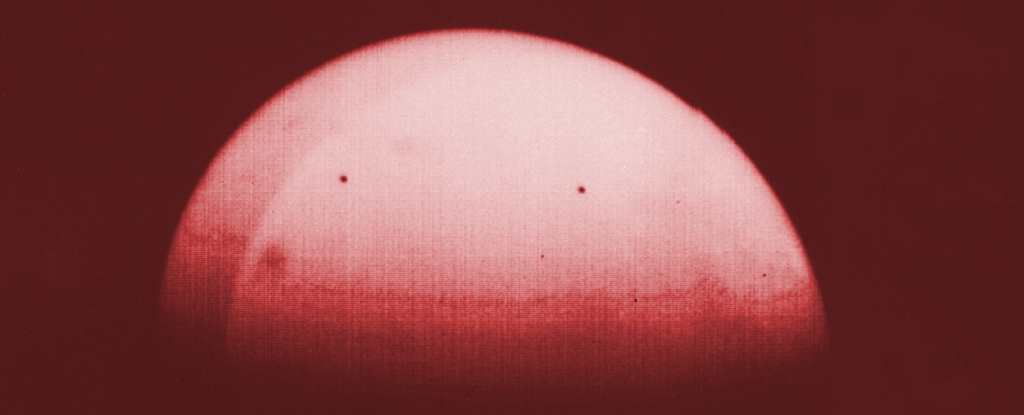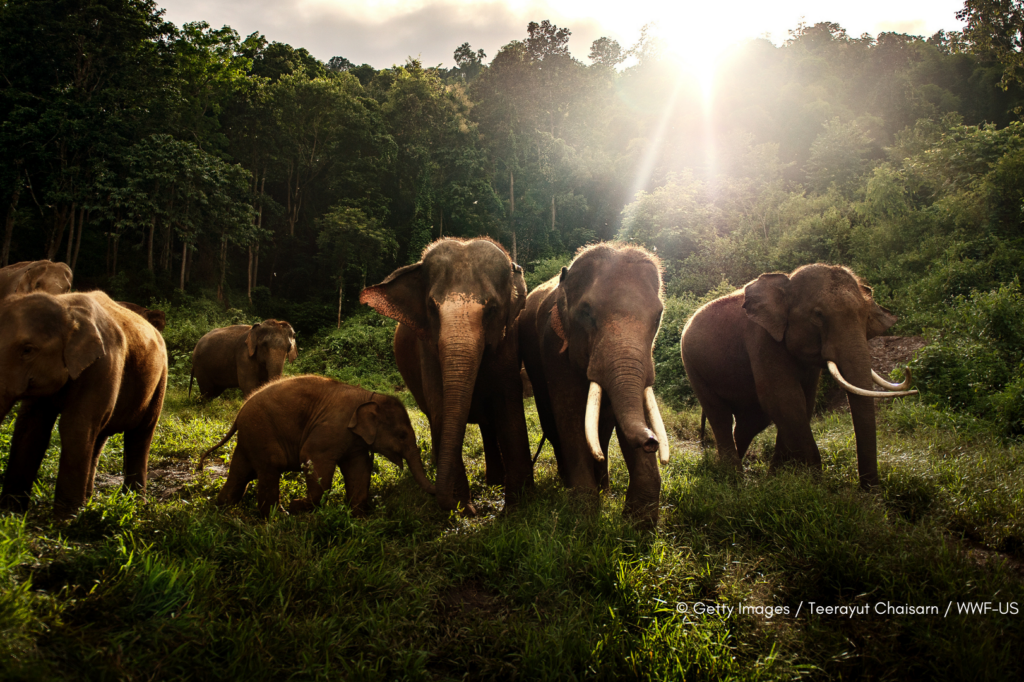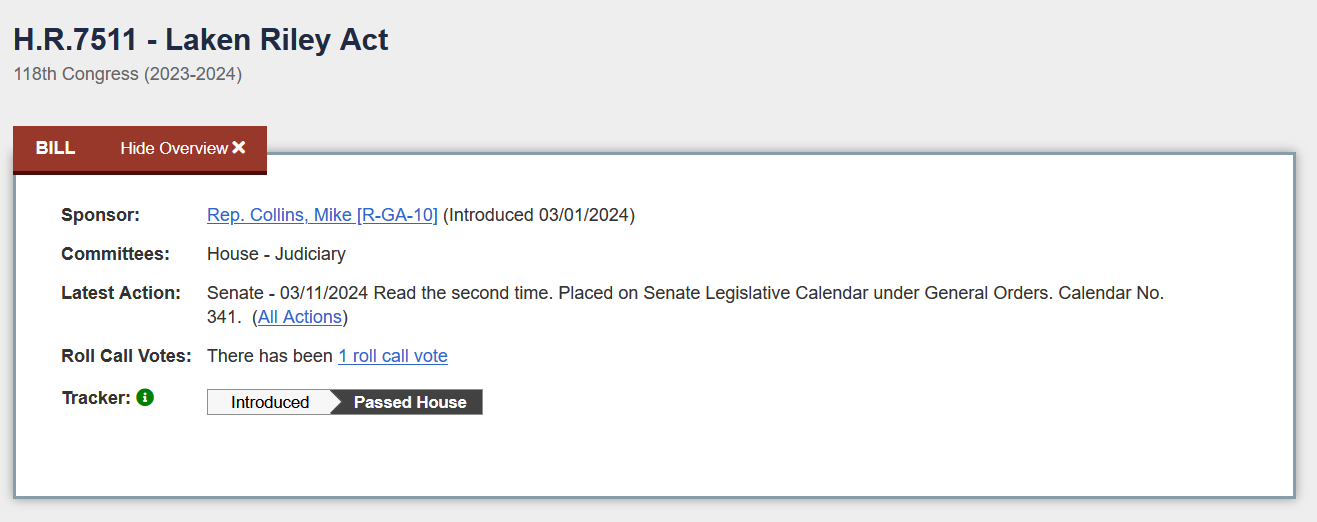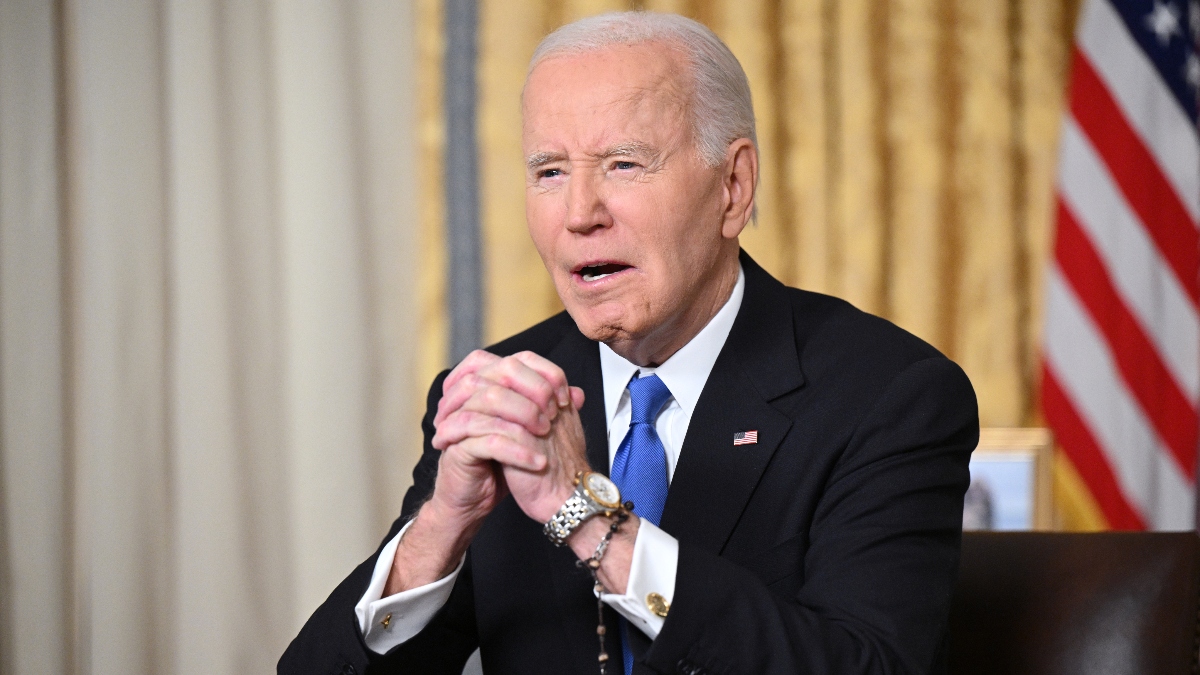10 Great Western Movie Classics You Probably Haven’t Seen
“3:10 to Yuma was one that I just kept on talking and thinking about after reading it. And I think the reason is because, like in most Westerns, you have the very clear-cut bad-guy/good-guy. However, as the movie progresses, you kind of see that it’s a very fine line that divides these two.” — Christian […]


“3:10 to Yuma was one that I just kept on talking and thinking about after reading it. And I think the reason is because, like in most Westerns, you have the very clear-cut bad-guy/good-guy. However, as the movie progresses, you kind of see that it’s a very fine line that divides these two.”
— Christian Bale
Lazy critics often pontificate assertions like: ‘the western genre is dead.’ They seem unaware of the fact that brilliant western movies are released every year. The genre clearly has an enduring appeal as a fan favourite. 2024 alone saw the release of The Thicket, with Peter Dinklage, and Place of Bones, with Heather Graham. Westerns continue to evolve into new and unexpected realms, such as the sci-fi crossover Cowboys and Aliens (2011). While western fans are comfortable with classics like The Searchers (1956), this list aims to expand their taste. It will reconsider some of the genre’s lesser-known or inaccurately rated titles.
1. Shoot the Living and Pray For the Dead (1971)

After stealing gold bars, Dan Hogan (Klaus Kinski) and his bandits waylay inside the Jackal’s Ranch stagecoach stop. There, Dan meets John Webb (Paolo Casella), who offers to guide the gang to Mexico. Dan is unaware that John holds a grudge against him for what he did to his father.
Firstly, Shoot the Living and Pray For the Dead is remarkably minimalist. With a lean story and structure, it is chiefly contained to one location. Its theatre play nature gives stage to another maniacal performance from Klaus Kinski. Bringing the madness of his personal life, Kinski’s horrific, commanding turn seals his status as one of the 20th century’s most superlative, riveting actors.
The film itself is an exemplary, intense, yet forgotten spaghetti western, featuring a catchy hippie-era soundtrack. It would prove to be an influence on Quentin Tarantino’s The Hateful Eight (2015). In its wider significance, Shoot the Living and Pray For the Dead can be interpreted as a criticism of capitalism. In addition, it may also be analysed to possess parallels to the Vietnam War — at its height during the movie’s release.
2. The Last Outlaw (1993)

A group of former Confederate soldiers rob a bank. When their leader, Graff (Mickey Rourke), leaves one of them for dead, the gang mutinies, absconding with the money. Graff allies with the law to track them down.
A TV movie with a cult following, The Last Outlaw is a who’s who of America’s finest character actors. It is enhanced by the inclusion of Steve Buscemi, Keith David and John C. McGinley. Similarly, as with all his B-movies, the gravitas of Mickey Rourke’s captivating lead ameliorates the generic material. The Last Outlaw is comparable to a desert-set slasher movie, with the characters being picked off one by one. Eschewing substance, the constant action is simply pure entertainment, seen in instances such as a horse galloping through a bank. Resultantly, The Last Outlaw is recommendable to a group of male friends in search of uncomplicated evening viewing.
3. The Quick and the Dead (1995)

In 1881, ‘The Lady’ (Sharon Stone) rides into the desert town of Redemption. She aims to exact revenge upon the mayor, John Herod (Gene Hackman), who was responsible for her father’s death. First, however, she must compete in a shooting tournament. The supporting cast is comprised of Leonardo DiCaprio, Russell Crowe, Keith David and Gary Sinise.
Finally, The Quick and the Dead refreshingly sees the long-overdue casting of a female gunslinger protagonist. That said, much like the rest of his filmography, Hackman’s shockingly cruel, dominant performance is the movie’s prime virtue. Akin to his biblical name, Herod serves as a synecdoche for tyrannical authority figures all over the world. Through him, the innate immorality and unfairness the establishment imposes upon its subjects is exposed and critiqued.
Meanwhile, Leonardo DiCaprio’s characteristically brilliant acting foretokens the success to follow later in his career. What is more, Sam Raimi’s creative, idiosyncratic direction sets The Quick and the Dead apart from similar westerns. This is pertinent in the cartoonish cinematography, incorporating zooms, Dutch angles and sepia colour grading. With Evil Dead II’s (1987) flair, Raimi paints both a homage to and a parody of Sergio Leone’s Dollars Trilogy.
4. From Dusk Till Dawn 3: The Hangman’s Daughter (1999)

Desperado Johnny Madrid (Marco Leonardi) escapes the hangman and kidnaps his daughter. They hideout in a saloon, which turns out to be inundated with vampires.
This straight-to-video production is a prequel to From Dusk Till Dawn (1996), which was written by Quentin Tarantino and directed by Robert Rodriguez. Tarantino pitched the story that would become From Dusk Till Dawn 2: Texas Blood Money. At the same time, Rodriguez pitched the idea for From Dusk Till Dawn 3: The Hangman’s Daughter, selecting P.J. Pesce as its director. Both the second and third instalments were filmed in South Africa. As one would expect, From Dusk Till Dawn 3 is gory, visually-rich, over-the-top fun, entertainingly combining vampire lore with old west cowboys.
It depicts real-life historical figures, including Mexican revolutionary Pancho Villa and author Ambrose Bierce. Danny Trejo appears in every entry of the franchise as the immortal barman. Concurrently, as in Kill Bill Vol. 2, Michael Parks further proves himself to be one of Hollywood’s most unrecognised, yet dexterous talents. Correspondingly, Rebecca Gayheart excels here, enough to catch Tarantino’s attention, casting her in Once Upon a Time in Hollywood (2019). The character Johnny Madrid is referenced in that film. B-movie fans are advised to ignore From Dusk Till Dawn 3’s savage critical reaction, to revel in its fantastical, silly, genre-delivering chaos.
5. Dead Birds (2004)

Bank robbers hideout in a haunted plantation mansion. The cast includes: Michael Shannon, Isaiah Washington and Mark Boone Jr.
Rejuvenating a well-worn genre, Dead Birds stirs in Lovecraftian horror and fantasy. It further differentiates itself from other westerns by being set amongst the Spanish moss of Alabama, rather than the desert. A hallmark of great haunted house movies, Dead Birds succeeds in constructing a spooky atmosphere. This is engendered through the scuttling sound design, shadowy candle lighting and slow camera pans. Although there is a gradual buildup to the action, the eerie tension is sufficiently intriguing to keep its audience engaged. As underrated as the film itself, Mark Boone Jr. consistently supplies interesting subtext to his characters.
As Joseph, Boone exhibits dissatisfaction and brooding anger. Although his character’s backstory remains unexplained, Boone’s detailed preparation alludes to Joseph’s timeline before the movie’s start, how his personality developed. This results in Joseph coming across as a believable character, contrasting the supernatural elements. While Dead Birds is fundamentally grindhouse entertainment, there exists a more serious undertone of racism, looking into antebellum-era slavery. This rises to the surface when William (a white character) says to Todd (a black character): “I saved your life more times than I can count.” Todd retorts: “that don’t make it yours.”



















 - PoC Released.webp?#)


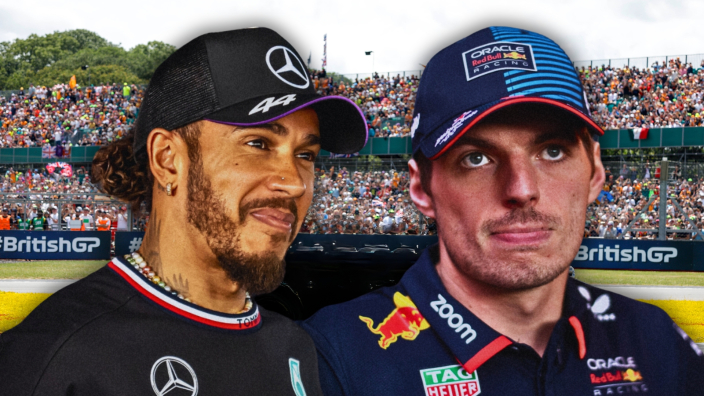






_full.jpg)








